
There is no better time than the present to embark on a Machu Picchu babymoon. Taking the world of pre-baby traditions by storm, babymoon vacations are the perfect excuse for expecting parents to enjoy a final adults-only getaway.
Immerse yourself in rich Inca culture, indulge in the world-class cuisine, and admire the natural beauty present along every step of the journey through Peru. Travel logistics become more complex when a little love arrives, so go now!
Images of Machu Picchu are impressive, but seeing this UNESCO World Heritage site with your own eyes is another thing. The grand Inca citadel sits atop a high saddleback ridge between two dome shaped peaks and is as much an attraction as the tropical region surrounding it.
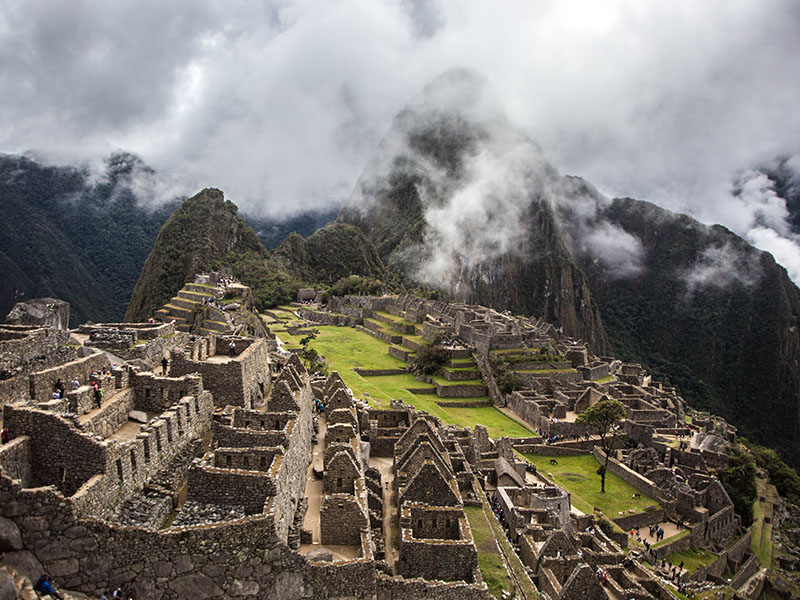
Photo by Alicia Gonzalez Fernandez/Peru for Less
Built to perfection without any cement, the enormous granite blocks of the temples and terraces were flawlessly pieced together in jigsaw fashion. Remarkably, Machu Picchu remained hidden from the modern world until American archeologist and university professor Hiram Bingham and his team “re-discovered” it in 1911.
Babymooning Thumbs Up. The well-being of both mama and growing baby are of the utmost importance. It’s always recommended for pregnant women to talk with their general practitioner or midwife before taking a babymoon.
Timing. Plan a babymoon in the second trimester (weeks 13 to 28). In general, this is a time during pregnancy when nausea subsides, energy levels are higher, and that beautiful belly isn’t too uncomfortable yet.
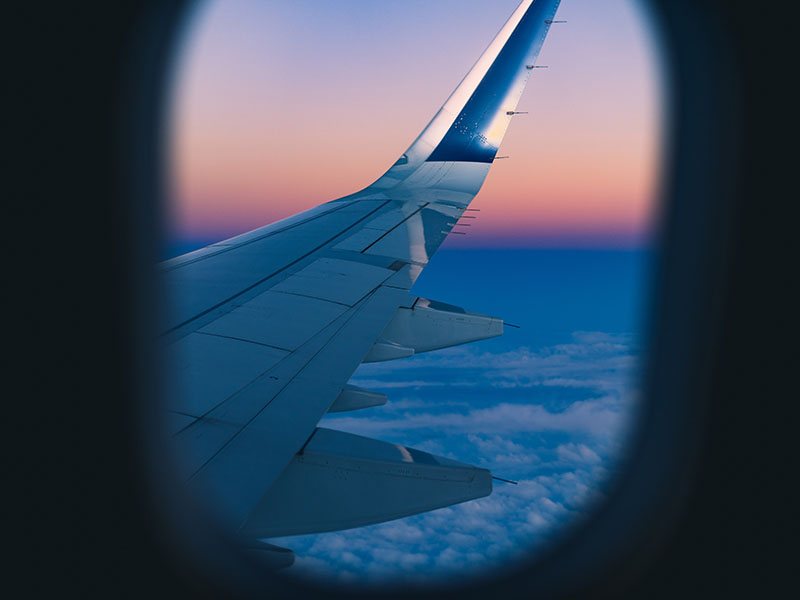
Photo by Dan Gold on Unsplash
Taking Flight. Many airlines permit pregnant women in good health to travel without any restrictions until their 30th week. However, travel policies vary from airline to airline so confirm the specific requirements in advance. After flying into Lima’s International Jorge Chavez Airport , the next leg of the journey is another 1 hour 30 minute domestic flight to Cusco and then it’s onward to Machu Picchu by train.
Weather Expectations. Babymooners don’t always have the benefit of selecting travel dates during months when sunshine is most probable; baby’s due date does. Peak season to Machu Picchu is June, July and August during the dry season when sunny blue skies are probable. Rain is more common during low season months from November to March but the perk is that fewer people generally visit the Inca site and the landscapes around Cusco are beautiful green.
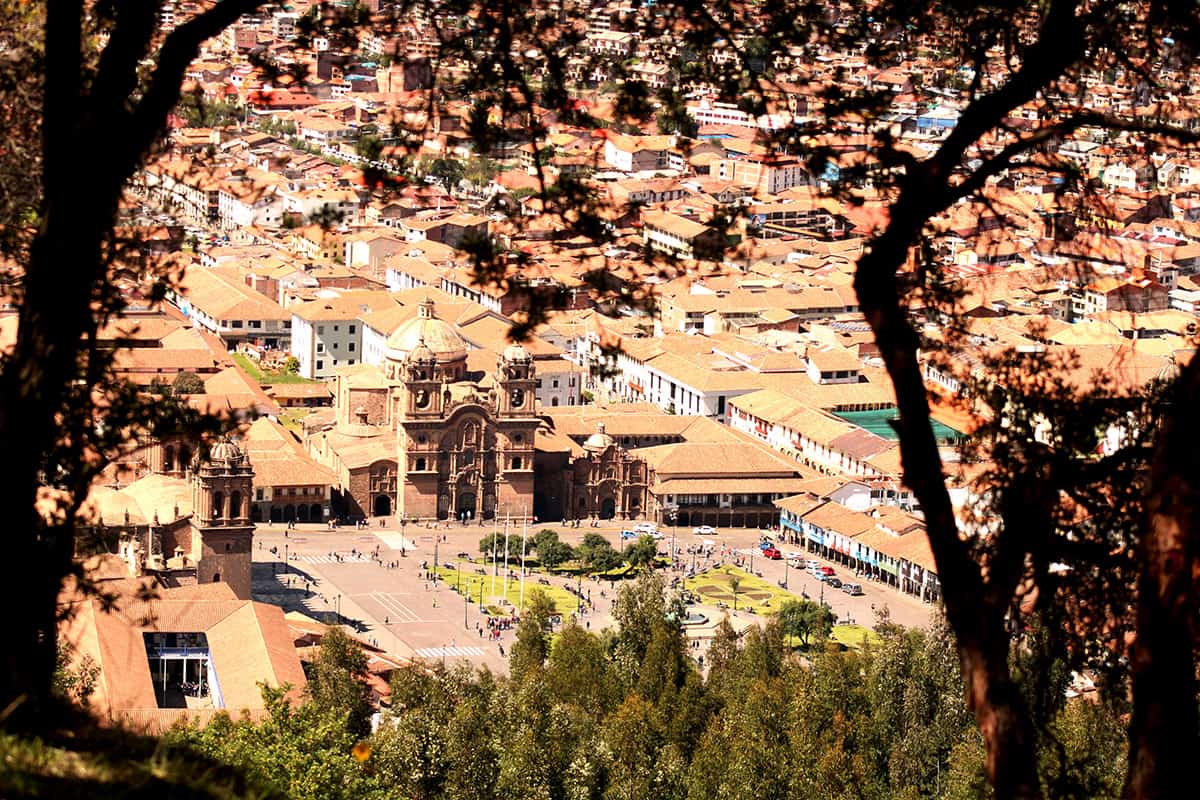
The main square of Cusco. Photo by Renny Gamarra on Unsplash .
What about them mosquitos? The high Andean region of Cusco is mosquito free, but the lower cloud forest surrounding Machu Picchu has mosquitoes, so apply repellent. Mosquitoes known to spread Zika do not generally live in elevations above 6,500 ft (2,000 m). Both Cusco (11,120 ft or 3,400 m) and Machu Picchu (7,970 ft or 2,430 m) reside at higher altitudes so there is little risk of contracting the virus in this region of Peru. Check the Centers for Disease Control and Prevention (CDC) website for the most up-to-date information and travel recommendations.
Acclimate in the Sacred Valley. After landing in Cusco, instead of staying overnight in the city, head directly from the airport to lower altitudes in the Sacred Valley . This will help ease the adjustment to the increase in elevation . The town of Ollantaytambo (9,200 ft or 2,800 m) is a 1.5-hour drive from Cusco.
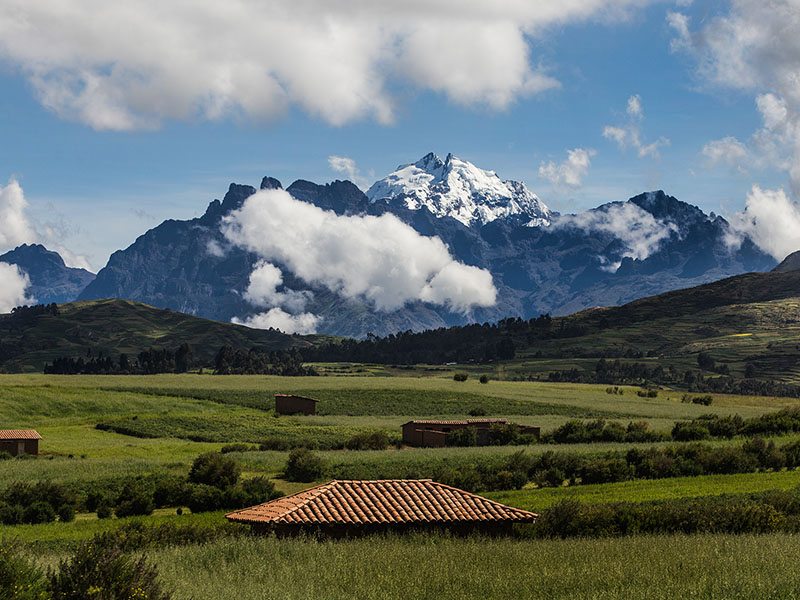
Photo by Ana Castañeda/Peru for Less
Here, explore lesser known sites, such as Moray and Inca hillside fortresses, and head to a local market to buy a baby-size chullo (Andean style hat with ear-flaps). The slower pace of the Sacred Valley draws you into a more intimate look at the region’s cultural and historic legacy and adds to the appreciation of what the Incas accomplished at Machu Picchu. Browse these awesome hotels in the Sacred Valley for an idyllic babymoon splurge.
Skip the Trek, Pick the Train. Take the relaxing mode of transport to Machu Picchu aboard a luxury train. The Inca Trail (4 days of trekking and 3 nights of camping) is a physical challenge even for a woman who isn’t expecting! Find out more about the options for Machu Picchu tours .
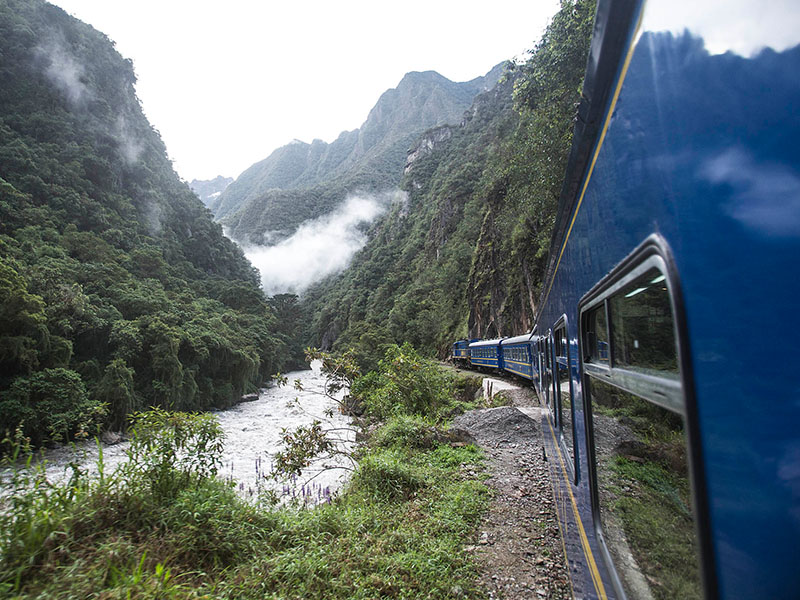
Photo by Ana Castañeda/Peru for Less
Double the Machu Picchu Fun. Comfort is of utmost importance while pregnant which is why visiting Machu Picchu 2 days (not only 1) is suggested. The world-famous archeological site is a once in a lifetime experience that’s best not rushed. Take it at a leisurely pace up the stone steps around the Inca complex, discovering different sectors as well as new scenic views each day, and consider hiring a private tour guide.
A Babymoon Spa Treat. Slow down after an exciting trip to Machu Picchu. At Inca Spa in Cusco , the Pachamama treatment integrates Incan rituals and traditional healing properties. Even better, reserve a couples session for some romantic time with your partner.
Machu Picchu Tours:
Peru is a foodie destination. Lima is renowned as the gastronomic capital of Latin America and Cusco, tucked away in the Andes Mountains, is a microcosm of culinary delights that celebrate the fusion and diversity of Peruvian food.
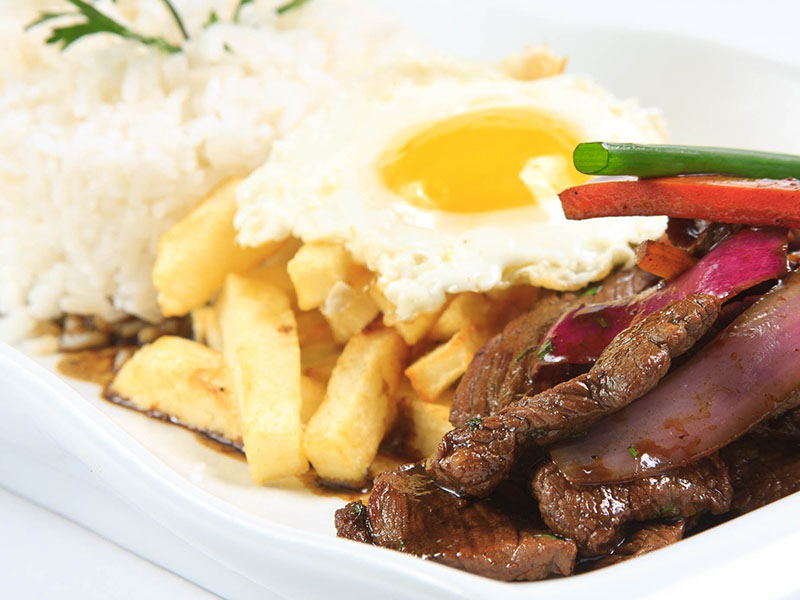
lomo saltado
Take Peru’s classic lomo saltado dish to showcase how chefs have created new ways of presenting this classic meal. Mixing Chinese food tradition with native ingredients, lomo saltado is a stir fry concoction of beef sirloin, peppers, onions, and tomatoes that’s served with fries and rice. Variations of lomo saltado may appear on restaurant menus as lomo saltado served over sweet potato ravioli or tacu tacu (fried rice and bean dish).
Andean – Peruvian in Cusco. Enjoy savory regional dishes like Cusquenian Chayro (traditional soup made with lamb and Andean grains) or Causa Rellena de Trucha (smoked trout, avocado and tomato layered between mashed yellow potatoes) at Pachapapa .
French – Peruvian in Cusco. Cute and low-key, La Bo’m Creperie specializes in sweet and savory crepes topped with native ingredients such as sauco jam, maracuya (passion fruit), avocado, and mango.

Photo by Anna Pelzer
Vegetarian – Peruvian in Cusco. There’s a surprising selection of vegan and vegetarian restaurants in Cusco where you can find lighter meals of high-protein grains native to the Andean region such as quinoa and kiwicha. Greens Organic is a nice sit down restaurant with a vegetarian-friendly menu. A casual 100% delicious vegan option is Green Point.
Where to satisfy your craving? Browse our list of highly recommended restaurants in Cusco .
Don’t miss taking a photo from the Guardhouse at Machu Picchu for a sweeping view over the Inca citadel with Huayna Picchu behind it. Travel and maternity photographer Cydnee believes that Mother Nature makes the perfect babymoon backdrop, and we couldn’t agree more. In the Andes of Peru, Mother Nature goes by her Quechua name, Pachamama, and her tropical mountain scenery paired with Machu Picchu assemble in a truly compelling backdrop. Scroll through Cyndee’s Instagram for creative ways to pose with a pregnant belly.
Babymoon memories to Machu Picchu are ones that stick around for a lifetime. Peru for Less is here to help plan a babymoon vacation that’s equal parts exciting and relaxing and secure. Get in touch now!



Email: [email protected]
Sign up to receive our newsletter for great articles, stunning photos, and special deals.